Electric vehicles (EVs) have surged in popularity due to their environmental benefits and technological advancements. A fundamental aspect of owning an EV is understanding how to charge it efficiently, which largely depends on the type of charging connector used. This article provides a detailed overview of the various types of EV charging connectors, helping you to understand their differences, compatibilities, and how they influence charging speeds.
What Are EV Charging Connectors?
EV charging connectors are the link between the electric vehicle and the power source that delivers the charge. They are not one-size-fits-all; different connectors exist due to varying international standards, vehicle designs, and charging technologies. The type of connector determines how quickly your vehicle can charge and may even influence where you can charge it.

What Are the Common Types of EV Charging Connectors?
Type 1 Connector (SAE J1772)
The Type 1 connector, also known as the SAE J1772, is primarily used in North America and parts of Asia. This connector is designed for single-phase electrical systems and is recognized by its 5-pin design. It is typically capable of delivering up to 7.4 kW of power, which is ideal for overnight home charging or at destinations such as AC charging stations where long-term parking is expected. The Type 1 connector is versatile and can be found in many EV models, especially those manufactured by American and Asian companies.
The reliability and widespread adoption of the Type 1 connector make it a staple in the residential charging market. It features a locking mechanism that ensures a secure connection during charging, enhancing safety. Despite its lower power output compared to other types, its suitability for home use and the extensive network of compatible charging stations contribute to its continued popularity among EV owners in the regions where it is the standard.
Type 2 Connector (IEC 62196)
The Type 2 connector, standardized by the IEC 62196 specification, is prevalent in Europe and is gaining ground in other regions due to its flexibility in handling both single and three-phase electrical systems. This 7-pin connector supports a broad range of charging powers from 3.7 kW, suitable for use with home EV chargers, up to 43 kW for public charging facilities. This makes the Type 2 connector exceptionally versatile, facilitating both slow and fast charging scenarios.

In addition to its adaptability, the Type 2 connector is distinguished by its robust design and enhanced safety features, including pins that do not live when the connector is not engaged. The widespread adoption across European countries and by European car manufacturers ensures that Type 2 is increasingly viewed as a global standard for EV charging, pushing its integration into newer models and charging infrastructure developments worldwide.
Combined Charging System (CCS)
The Combined Charging System (CCS) combines the ease of AC charging with the capability of high-speed DC charging. It builds on the Type 1 or Type 2 connectors by adding two additional DC pins to facilitate fast charging, making it capable of handling power delivery up to 350 kW. This system is becoming increasingly popular in Europe, North America, and parts of Asia due to its efficiency and the growing need for quick charging solutions.
CCS connectors are noted for their significant contribution to making EV use more practical for long-distance travel by substantially reducing charging time. For example, vehicles equipped with CCS can often be charged to 80% in just under an hour at public fast-charging stations. This type of connector is supported by a broad coalition of automotive manufacturers, ensuring its availability and future expansion in the global EV market.
CHAdeMO
CHAdeMO is a fast-charging DC technology primarily used in Japan but also available in other international markets. It supports charging power of up to 62.5 kW with current technology, and future iterations promise capabilities up to 400 kW. This connector type is known for its compatibility with a wide range of battery technologies and its ability to facilitate rapid charging sessions, making it ideal for public and commercial use.
Despite facing strong competition from CCS, CHAdeMO maintains significant support from major Japanese automotive manufacturers and has a solid presence in various global markets. Its focus on high-speed and high safety standards, along with its ability to manage battery health during charging sessions through bi-directional charging capabilities, reinforces its unique position in the EV infrastructure.
Tesla Supercharger Connector
Tesla's proprietary Supercharger connector is designed exclusively for use with Tesla vehicles and is part of an extensive global network of charging stations. It supports exceptionally high-speed charging capabilities, up to 250 kW, allowing Tesla drivers to charge their vehicles very quickly—often adding hundreds of miles of range in about 15 minutes. This rapid charge capability is a significant advantage for Tesla owners, particularly for long-distance travel.
The Tesla Supercharger network is a key selling point for the brand, promoting customer loyalty and ease of use with strategically placed stations along major highways and in metropolitan areas around the world. While the connector is proprietary, Tesla has offered adapters that allow Tesla vehicles to access other types of charging stations, enhancing flexibility for users. The ongoing expansion of this network and its high-speed charging capabilities continue to set industry standards for EV charging technology.
How Do Different Connectors Influence Charging Speed?
Charging speeds vary greatly between different types of connectors.
The charging speed of an electric vehicle (EV) is greatly affected by the type of charging connector used. This affects the speed at which an EV can charge from nearly empty to full, which in turn affects the vehicle's availability for daily commuting or long-distance travel.
Here is how different connectors affect charging speed:
Type 1 and Type 2 Connectors
Type 1 and Type 2 connectors are primarily designed for AC (Alternating Current) charging, which is the most common method for charging at home or at work. These connectors facilitate relatively moderate charging speeds:
-
Type 1 Connectors: Typically provide up to 7.4 kW, allowing for a full charge overnight (about 8-12 hours for a full charge depending on the battery capacity).
-
Type 2 Connectors: More versatile in their capacity, supporting charging speeds that range from 3.7 kW up to 43 kW. The upper limit of this range can charge an EV in a few hours, which is considerably faster but still primarily suited for parking durations at work or shopping centers.
For more detailed information read: Level 1 and Level 2 EV Chargers
CCS (Combined Charging System)
The CCS connector enhances the capabilities of Type 1 or Type 2 connectors by adding two additional pins for DC (Direct Current) fast charging. This allows for much higher charging speeds:
-
CCS Connectors: Can deliver power from about 50 kW up to 350 kW in its most advanced implementations. At lower speeds (50-150 kW), an EV can be charged to 80% in approximately 30 minutes to an hour. At higher speeds (up to 350 kW), this can be reduced to as little as 15-20 minutes, making it comparable to the time spent refueling a traditional internal combustion engine vehicle.
CHAdeMO
CHAdeMO is another DC fast charging system that provides high-speed charging capabilities:
-
CHAdeMO Connectors: Typically offer charging speeds up to 62.5 kW, with newer versions supporting up to 100 kW and potential future upgrades aiming for up to 400 kW. This enables charging times similar to those of CCS, with an 80% charge achievable within about 30 to 60 minutes, depending on the specific station and vehicle capabilities.
Tesla Supercharger
Tesla Superchargers use a proprietary connector designed specifically for Tesla vehicles, providing one of the fastest charging solutions available:
-
Tesla Superchargers: Deliver up to 250 kW, enabling incredibly fast charging times. Tesla vehicles can gain up to 200 miles of range in just 15 minutes at the newest V3 Supercharger stations. This rapid charging ability significantly reduces downtime during trips, enhancing the practicality of long-distance EV travel.
The type of connector not only determines where an EV can be charged (compatibility with different charging stations) but also how quickly it can be recharged. DC fast charging connectors (CCS, CHAdeMO, and Tesla Superchargers) significantly reduce charging time compared to AC connectors (Type 1 and Type 2), making them more suitable for quick top-ups during longer journeys or in emergency low-battery situations. As the EV market grows, the availability and technological advancement of these connectors continue to evolve, aiming to reduce charging times further and improve overall convenience for EV users.
Which Connectors Are Most Compatible With Current EV Models?
When considering the compatibility of EV charging connectors with current electric vehicle models, the landscape is diverse, shaped by regional standards and automotive manufacturer preferences. In North America, the Type 1 connector (SAE J1772) is predominantly used for AC charging, supporting a wide array of American and Asian electric vehicles, such as Chevrolet Bolt and Nissan Leaf.
Conversely, in Europe, the Type 2 connector (IEC 62196) is the norm, accommodating a broader power range and used by most European manufacturers like BMW and Volkswagen. Tesla vehicles, while typically equipped with their proprietary connectors for use at Supercharger stations, also adapt to regional standards—using Type 1 in North America and Type 2 in Europe.
For rapid DC charging, the Combined Charging System (CCS) is gaining prominence globally, extending the Type 1 or Type 2 base with additional DC pins for faster charging capabilities. This system is endorsed by a wide range of international automakers, making it a common feature in new electric vehicles designed for both urban use and extended travel. The CHAdeMO connector, though increasingly overshadowed by CCS, remains a significant player, particularly for Japanese EVs like the Nissan Leaf. It offers robust fast charging options and is backed by substantial infrastructure, especially in Japan.
As electric vehicle technology progresses and charging standards evolve, the shift towards more universal solutions like CCS suggests a future where electric vehicle charging is more standardized globally, enhancing cross-compatibility among diverse EV models and charging systems.
Conclusion
Different connectors affect where and how fast you can charge your electric vehicle, which affects daily convenience and travel readiness. Whether you're charging at home or using the public network, understanding the different connectors can enhance your EV experience and ensure you always get the power you need.

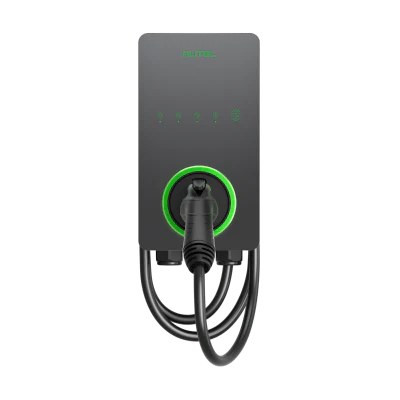
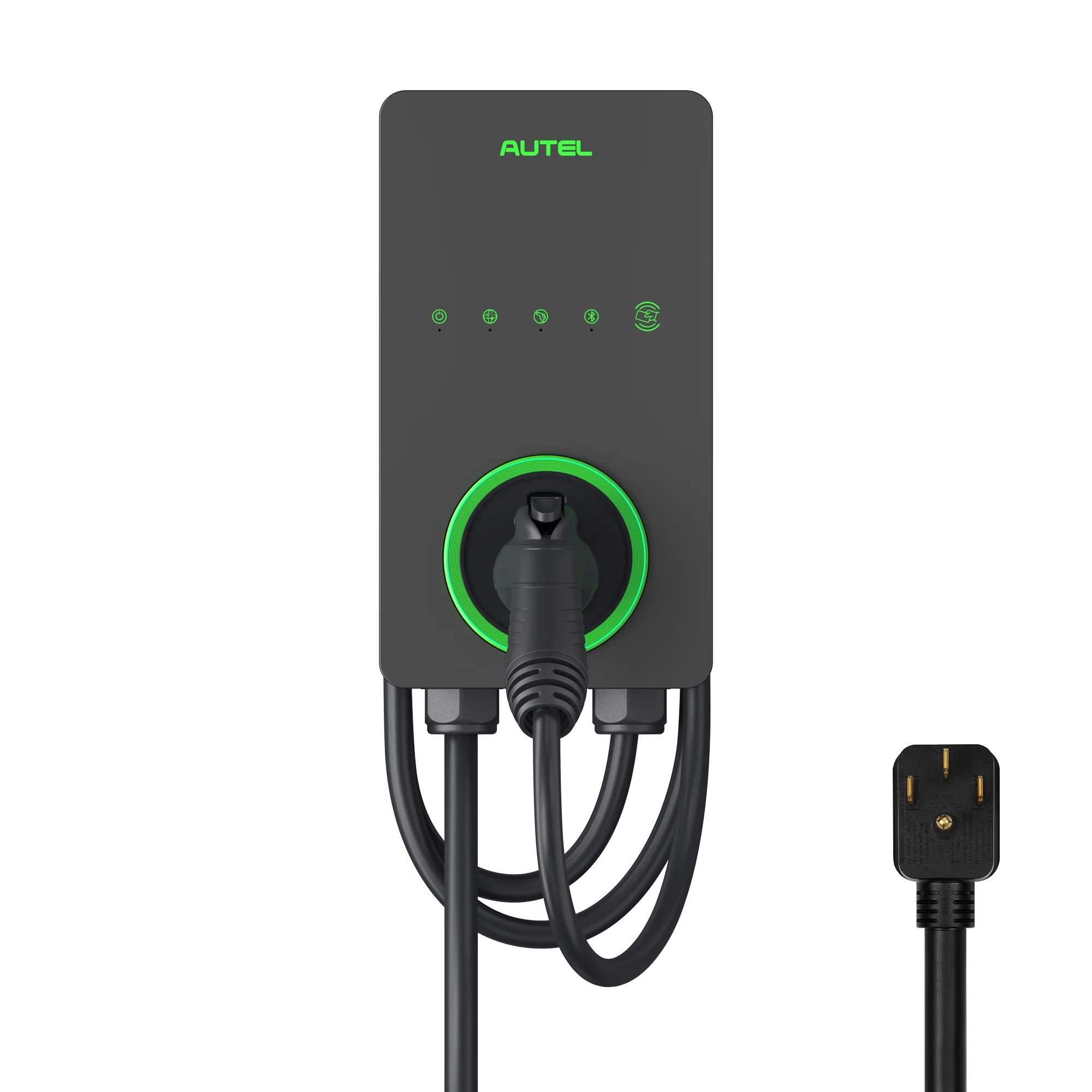
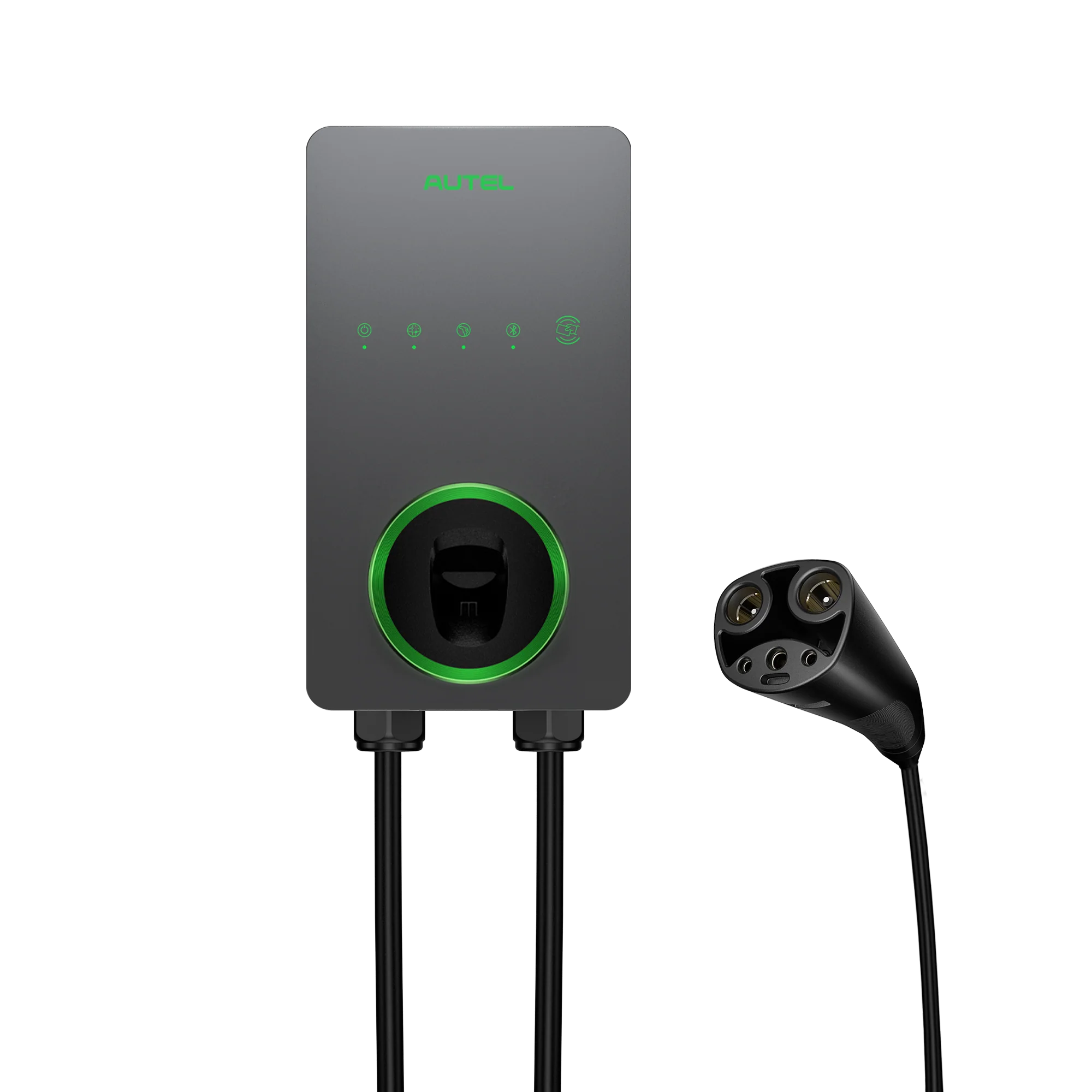
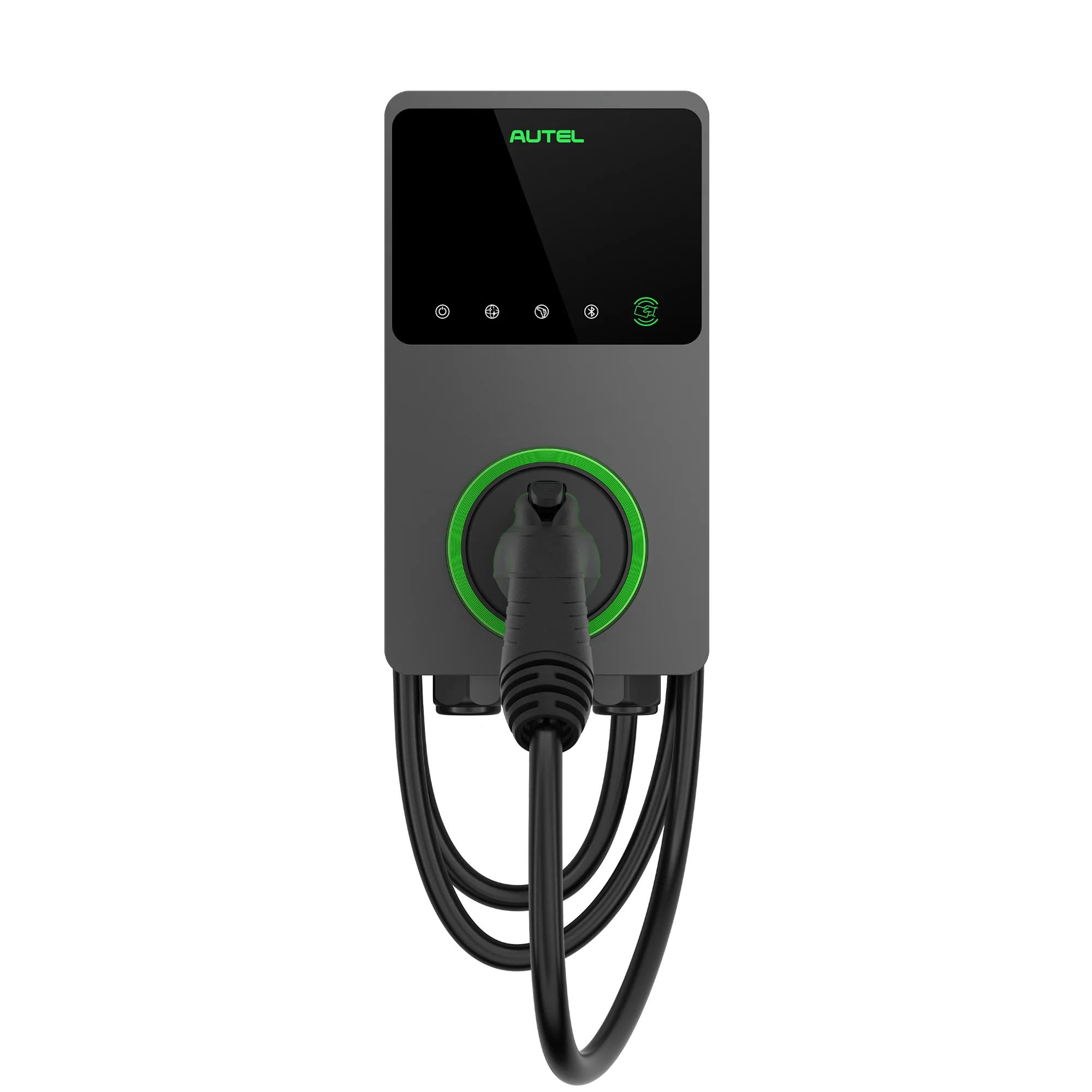
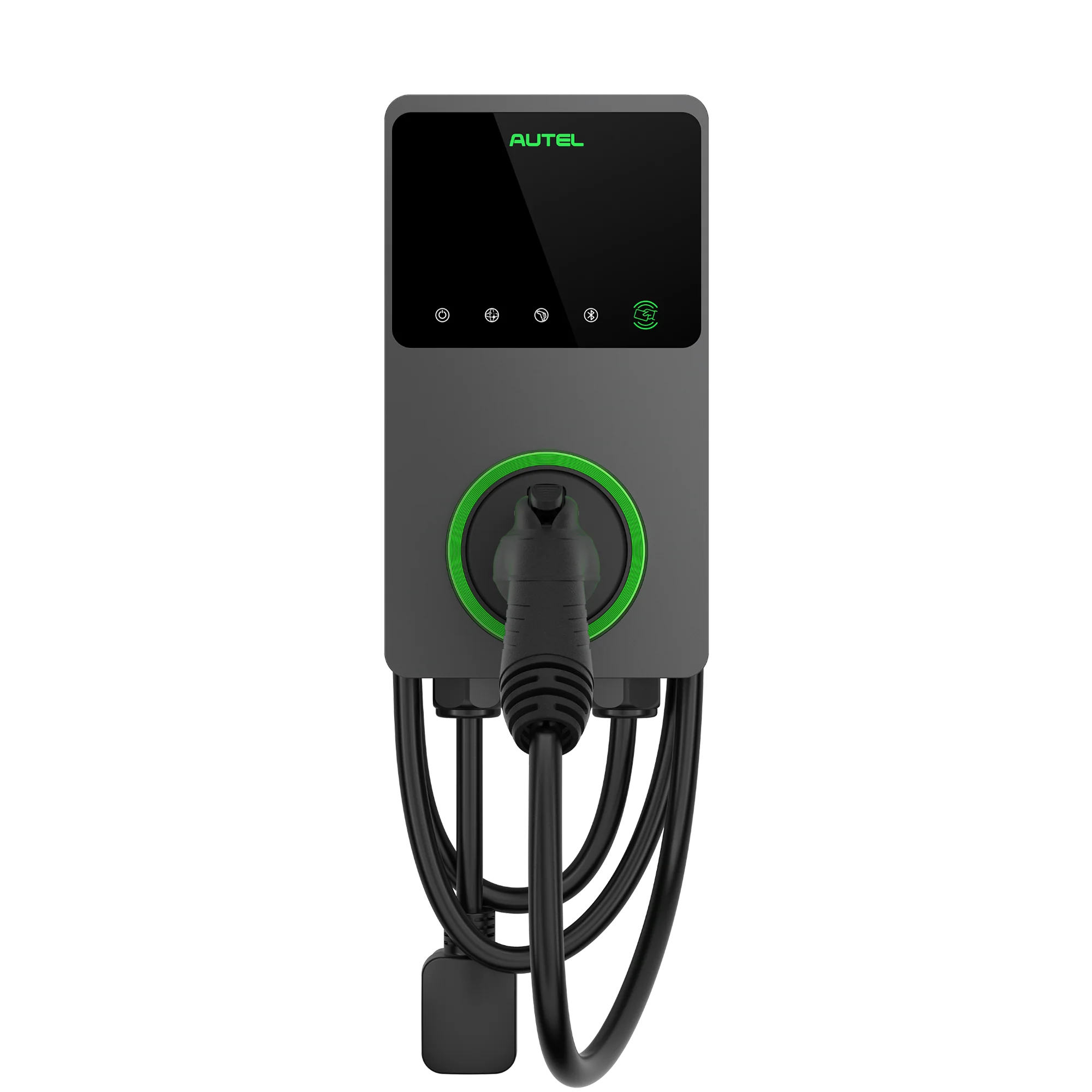

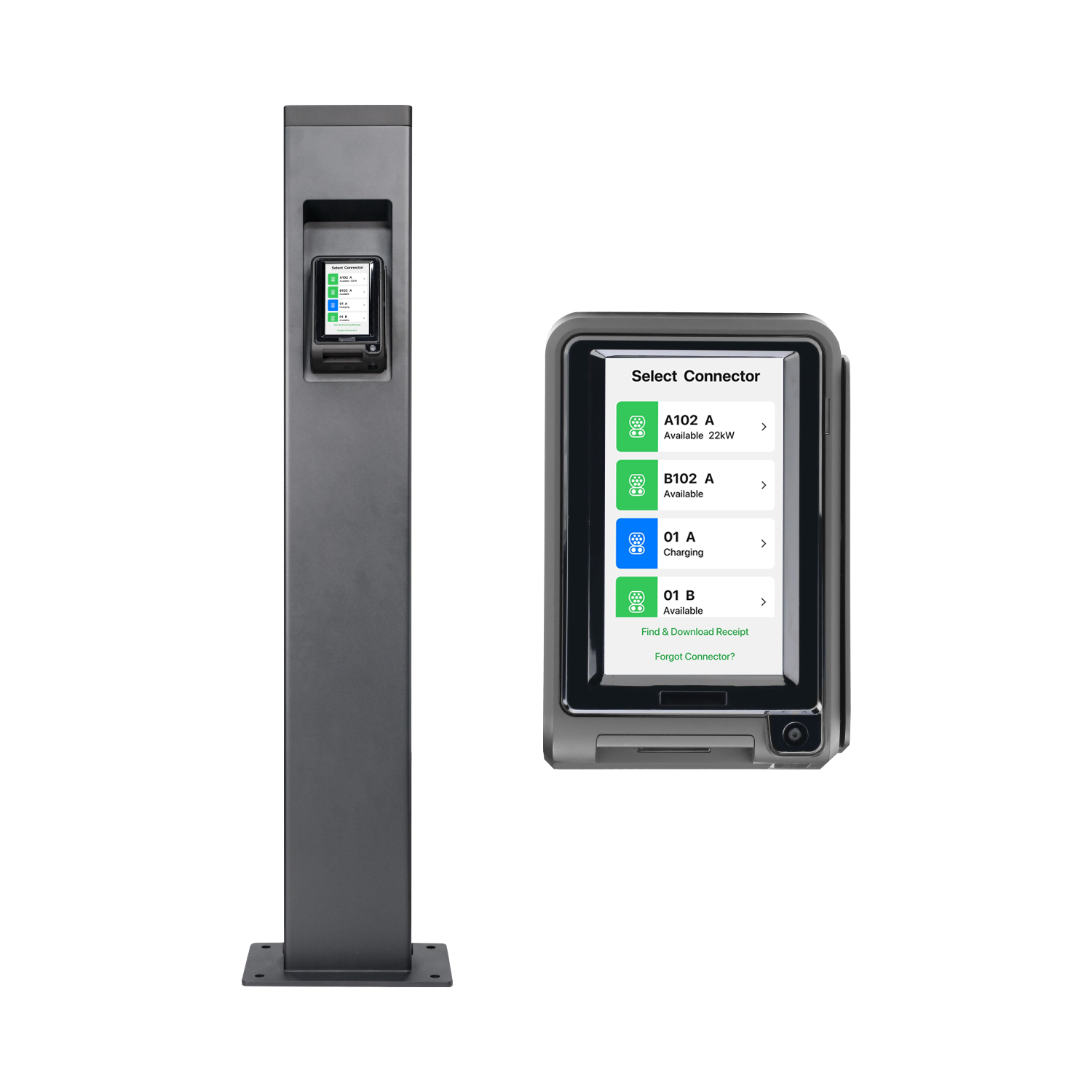
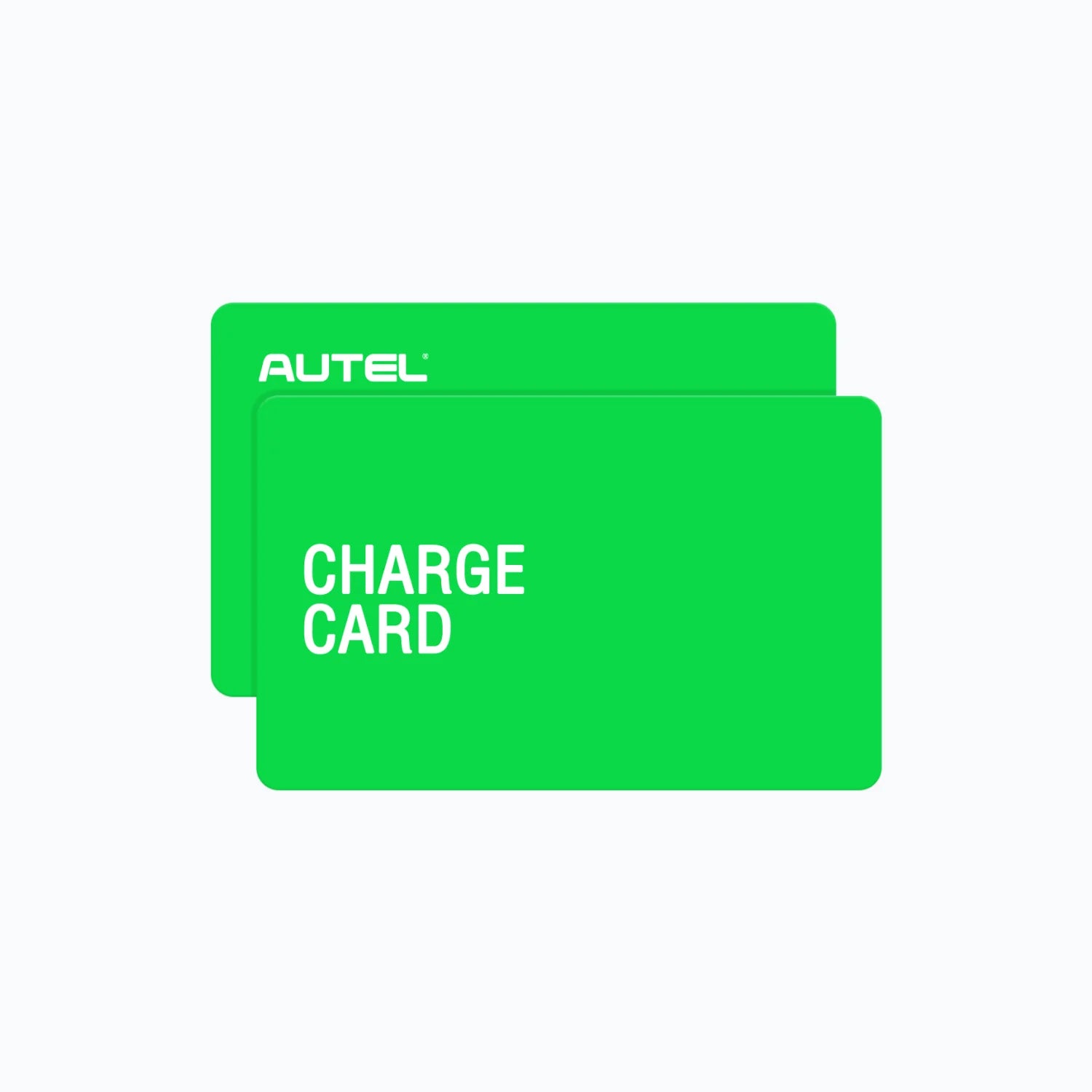
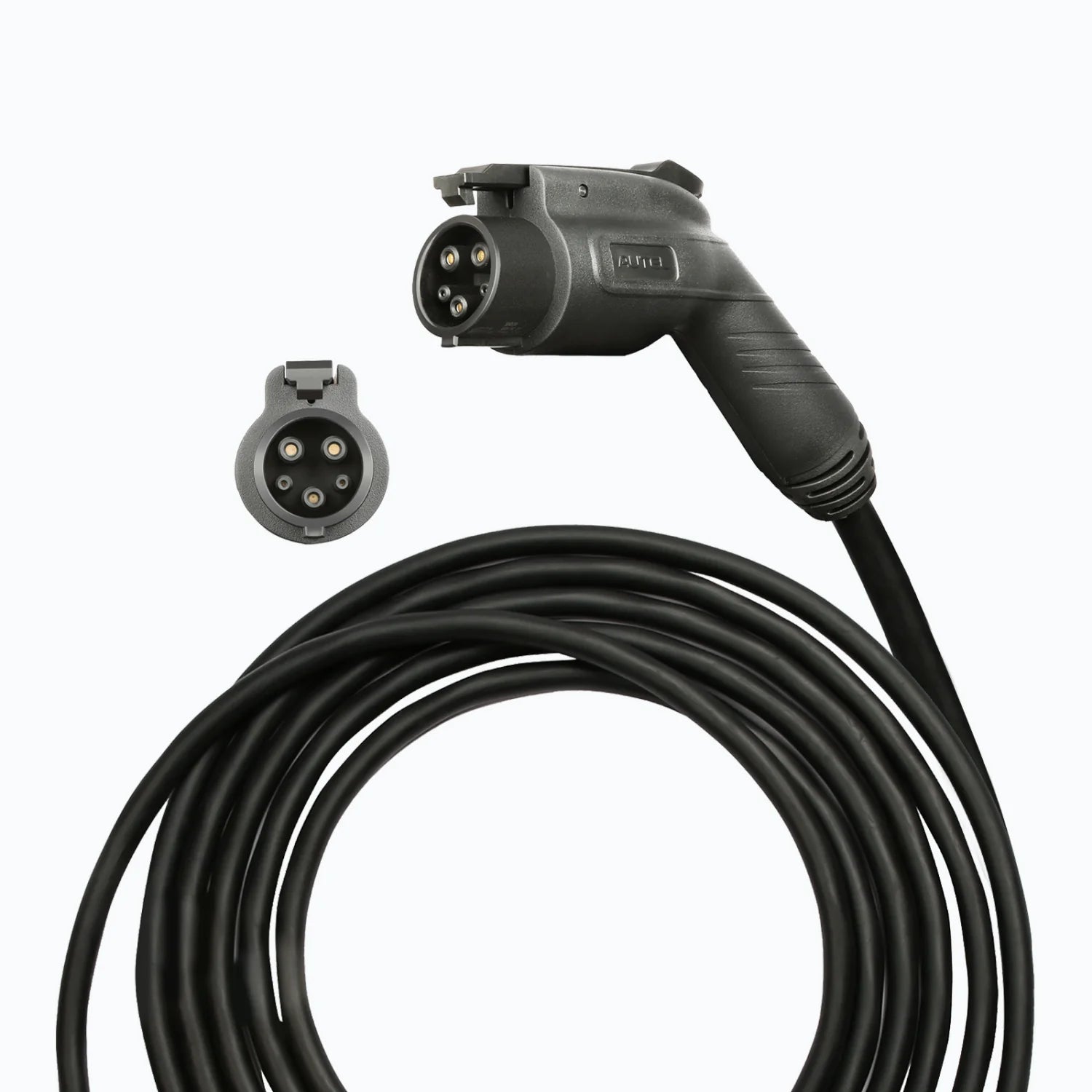
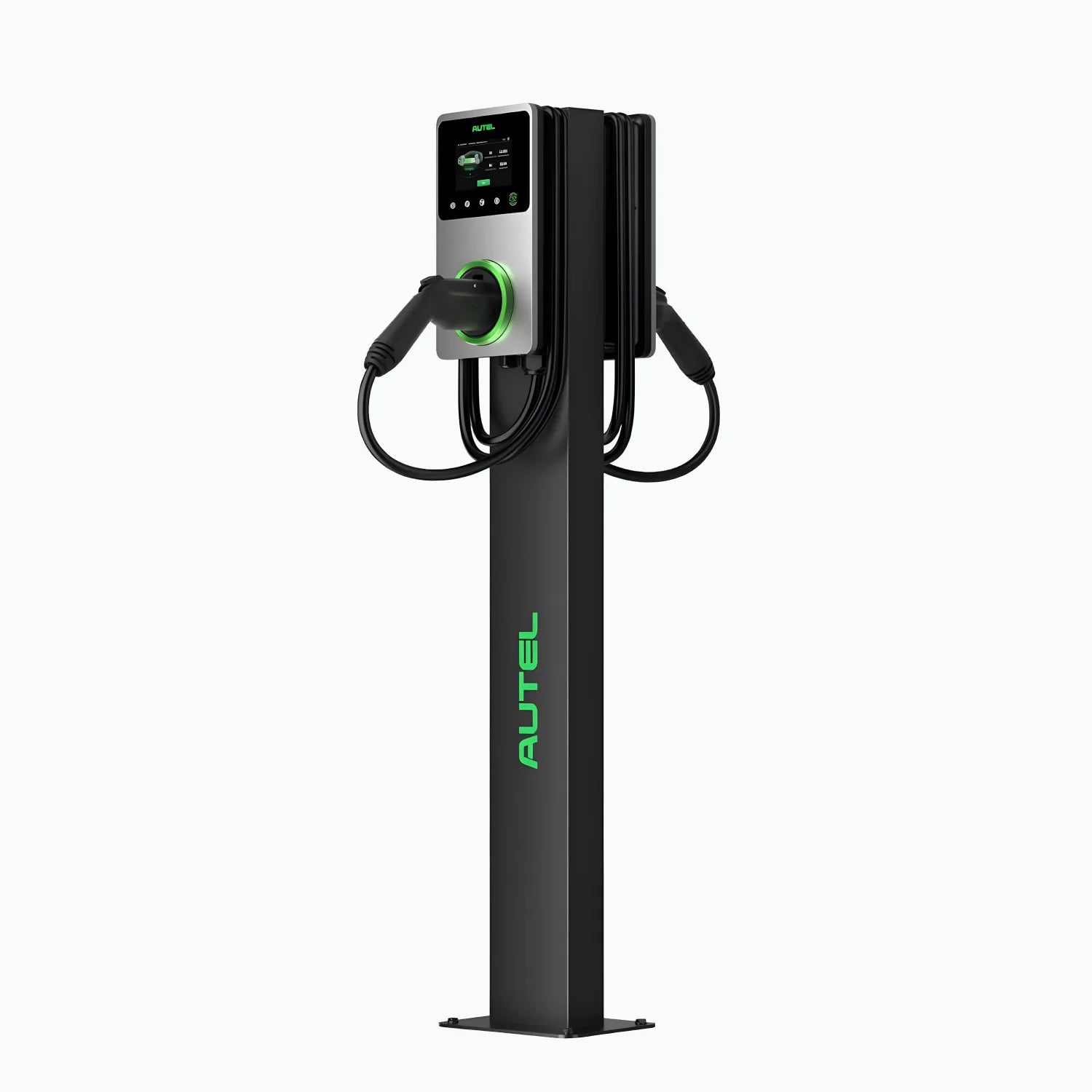
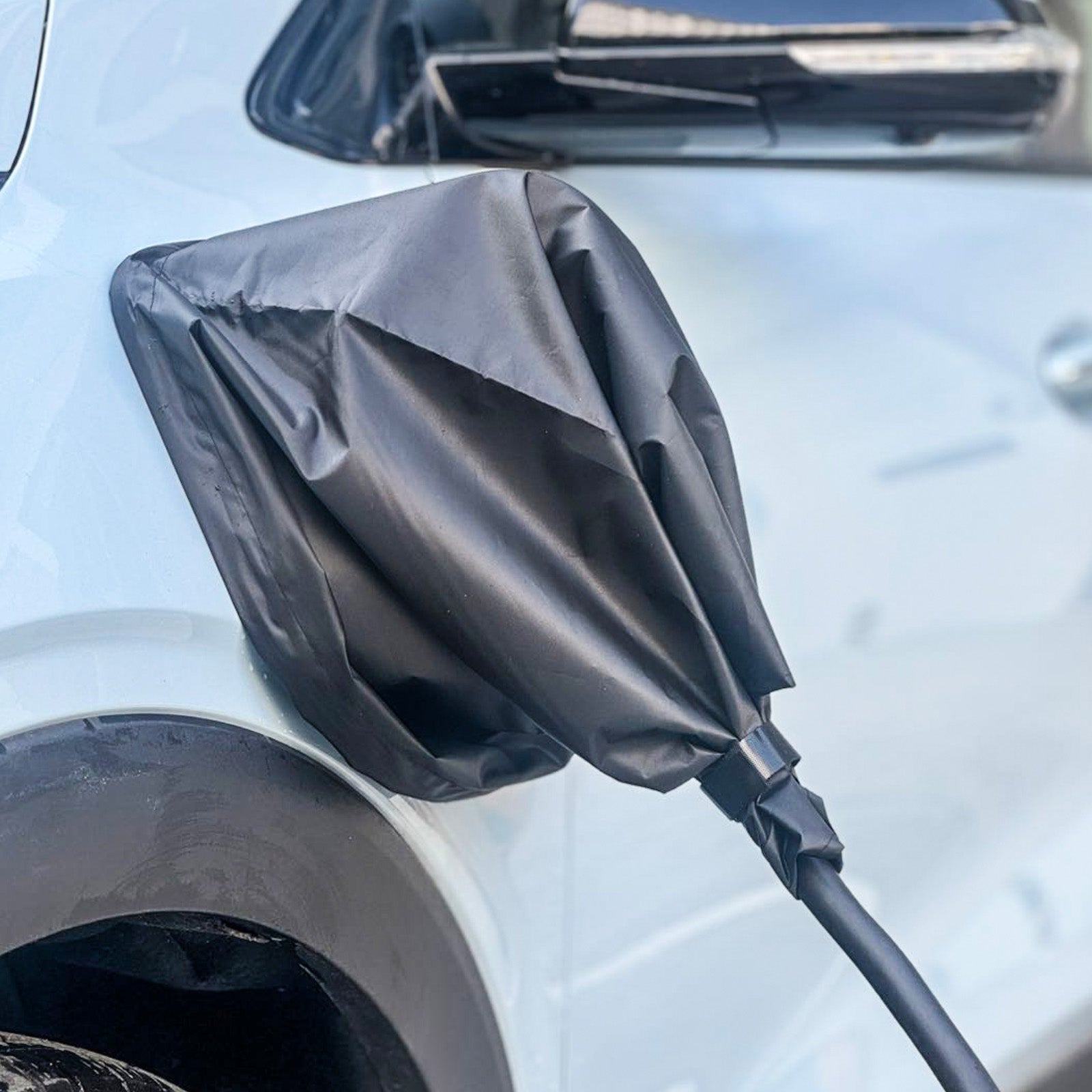
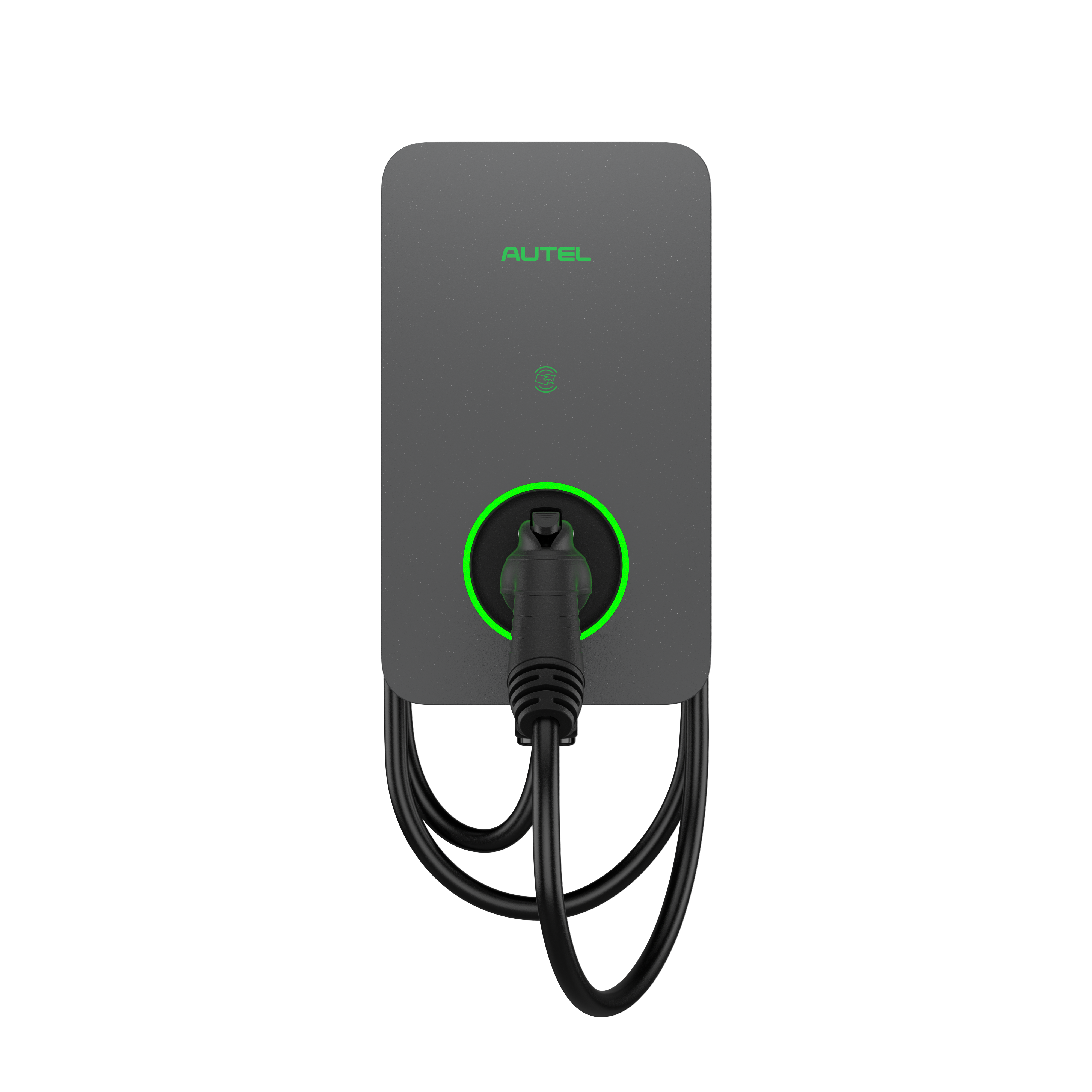

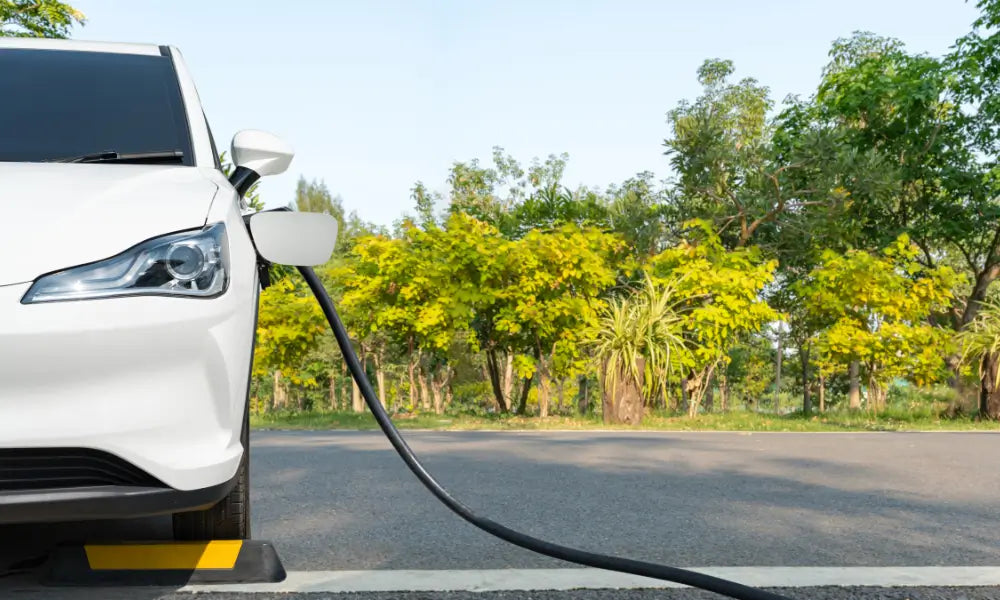
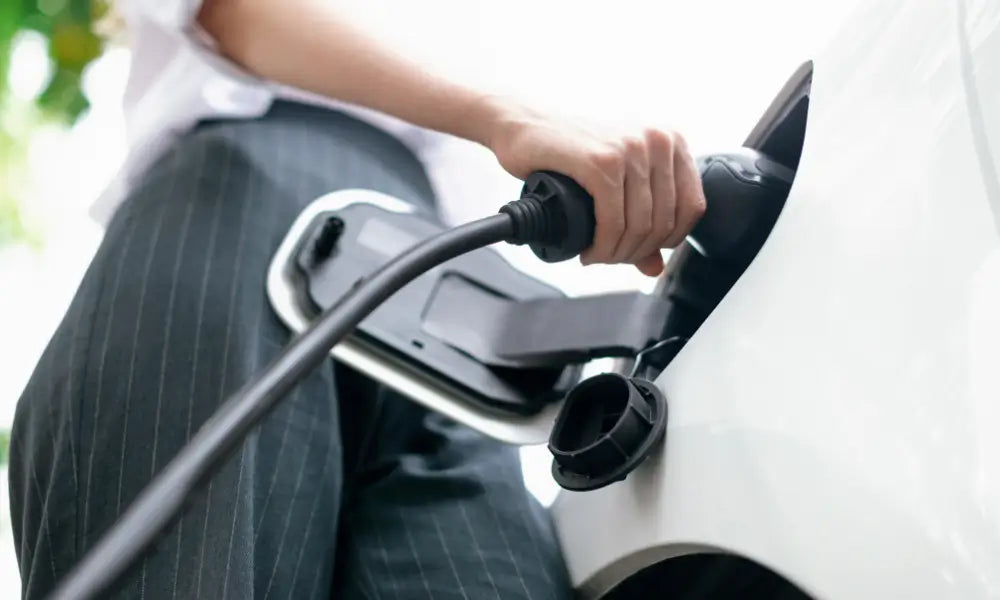
Leave a comment
All comments are moderated before being published.
This site is protected by hCaptcha and the hCaptcha Privacy Policy and Terms of Service apply.